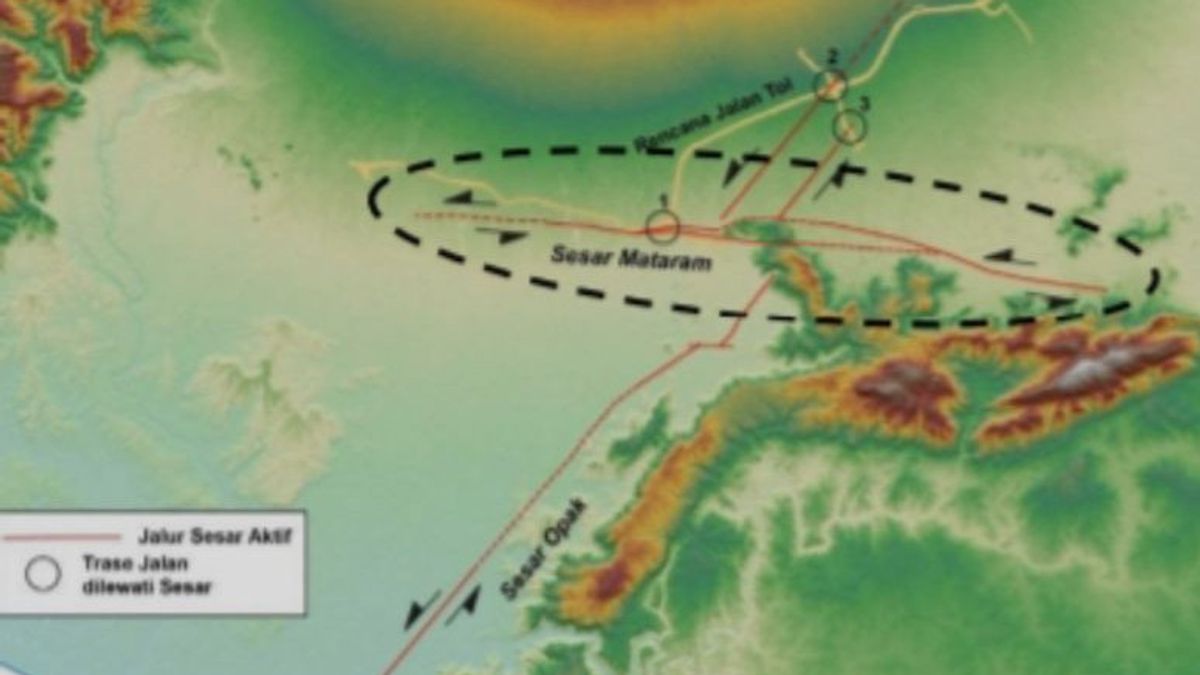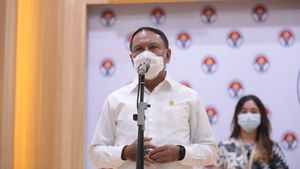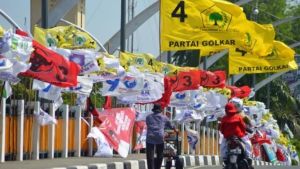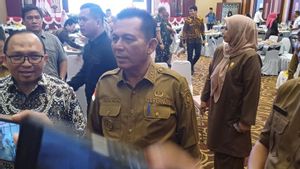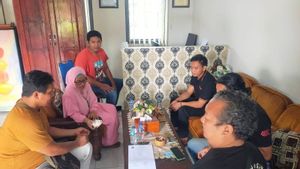YOGYAKARTA - The Yogyakarta Meteorology, Climatology, and Geophysics Agency (BMKG) is collaborating with Gadjah Mada University (UGM) to investigate the existence of a new active fault called the Mataram Fault which a researcher said is in the Special Region of Yogyakarta.
"In the near future, BMKG will cooperate with UGM in this case the Faculty of Mathematics and Natural Sciences, Physics, and Geophysics UGM together in Merdeka Learning-Independence Campus (MBKM) to conduct research in the suspected area (Mataram Fault) from the results of previous research," said the Station Staff Geophysics Class I Sleman Ayu K. Ekarsti when contacted in Yogyakarta, as reported by ANTARA, Tuesday, February 21.
Collaborating with researchers from the UGM Faculty of Mathematics and Natural Sciences (FMIPA), the BMKG team will monitor the subsurface conditions mentioned by researchers from the National Research and Innovation Agency (BRIN) on the Mataram Fault.
According to Ayu, the BMKG's research methods will, among other things, use the study of geophysics with seismographs as a measuring tool.
"Later on it will be analyzed by friends to see how the subsurface profile is. Currently, it is in the process of formulating the location of the measuring points," he said.
However, based on the seismic data approach, the Yogyakarta BMKG has never found any seismic activity at the fault location which existence was claimed by BRIN researchers.
In fact, according to him, the presence of active faults can be identified when an earthquake occurs in the area suspected of being traversed.
"From the BMKG point of view, we haven't found any seismicity at that location, maybe later using another approach or with a geodesic perspective or geophysical measurements can further strengthen whether the findings are true or not," he said.
Previously, Main Research Expert at the National Research and Innovation Agency (BRIN) Danny Hilman Natawidjaja said that apart from the Opaque Fault that caused the 2006 earthquake, there is also an active fault in the Yogyakarta area which was previously uncharted.
Based on updated data on active faults conducted by BRIN, Danny said the fault, which stretches from east to west, will only be mapped in 2021 under the name Mataram Fault.
He said the eastern Mataram Fault was previously known as the Dengkeng Fault.
"Actually, this was also known as the Dengkeng Fault at that time to the east, but it was only recently discovered that the Dengkeng Fault continues westward through the middle of the city of Yogyakarta," said Danny Hilman Natawidjaja in a national workshop event "Recent Developments Updating Source Map And the Danger of the Indonesian Earthquake" in Jakarta, on 29-30 November 2022 which was also broadcast via the Ministry of PUPR's YouTube account.
VOIR éGALEMENT:
Although there have been no more detailed studies, said Danny, the Mataram Fault appears to be associated with an "offset stream" based on geoelectrical survey studies and morphological mapping.
Geophysics expert at FMIPA UGM, Wiwit Suryanto, fully supports BMKG's plan to carry out further research on the results of the BRIN study regarding the Mataram Fault.
According to him, the emergence of new faults or faults in the Special Region of Yogyakarta region is highly likely to be triggered by previous earthquakes.
"Earth is dynamic, faults that were previously inactive can also become active," said Wiwit.
Meanwhile, BPBD DIY Operations Control Center (Pusdalops) Manager Lilik Andi Aryanto is waiting for the results of an official study from the Yogyakarta BMKG regarding the presence of this new active fault.
According to him, the results of the study from the BMKG will later become the basis for BPBD DIY to compile a new earthquake disaster risk map if the Mataram Fault has been confirmed to be in DIY.
The English, Chinese, Japanese, Arabic, and French versions are automatically generated by the AI. So there may still be inaccuracies in translating, please always see Indonesian as our main language. (system supported by DigitalSiber.id)
